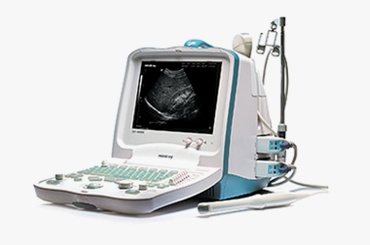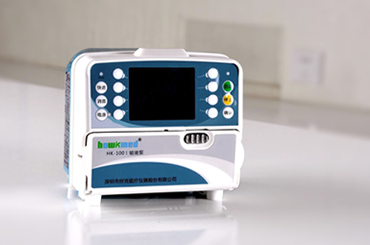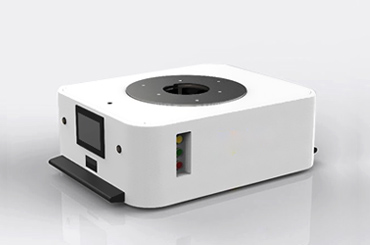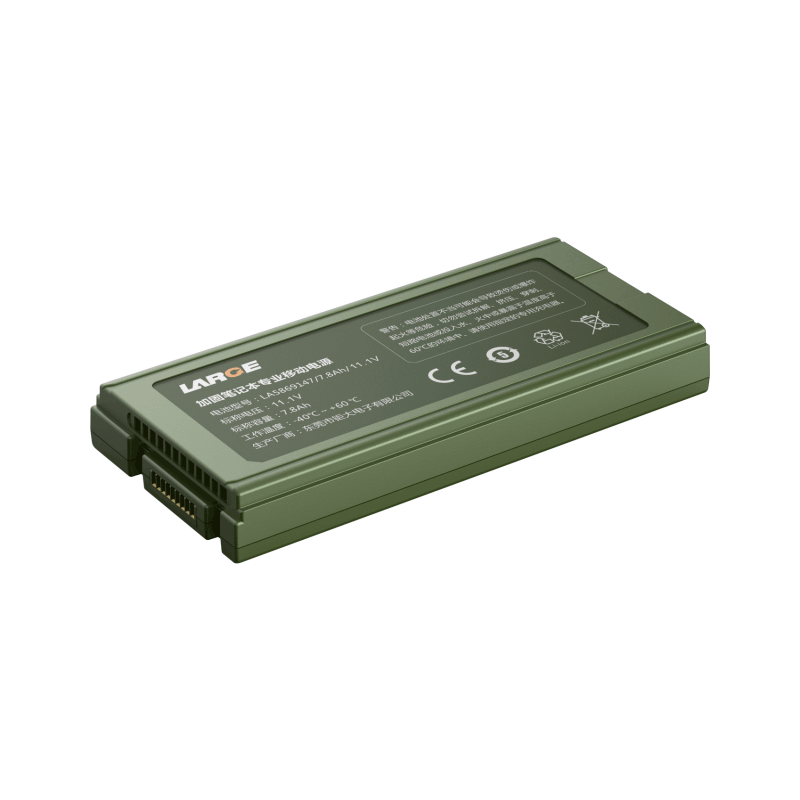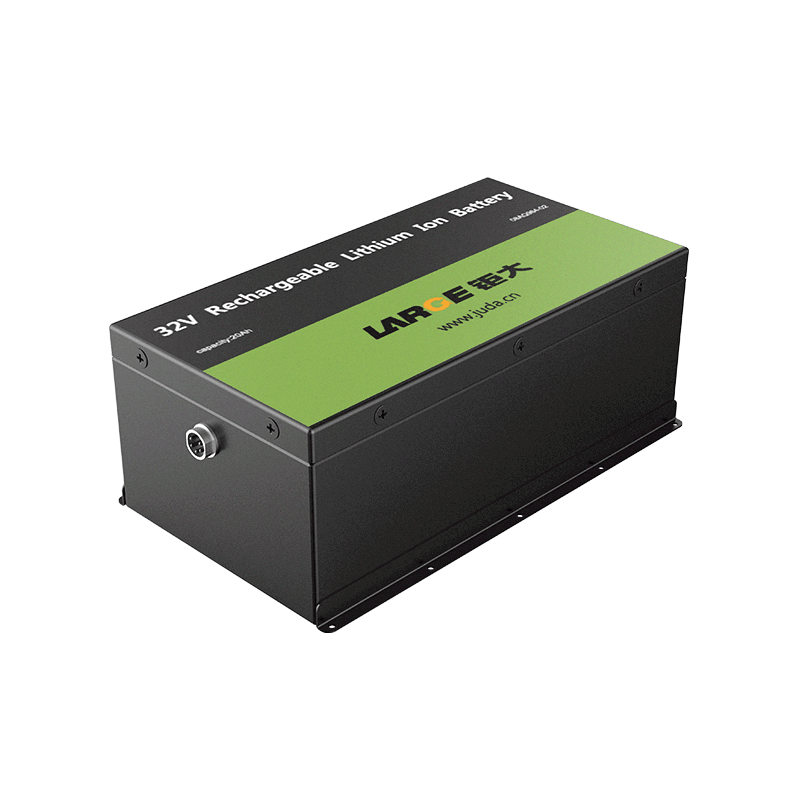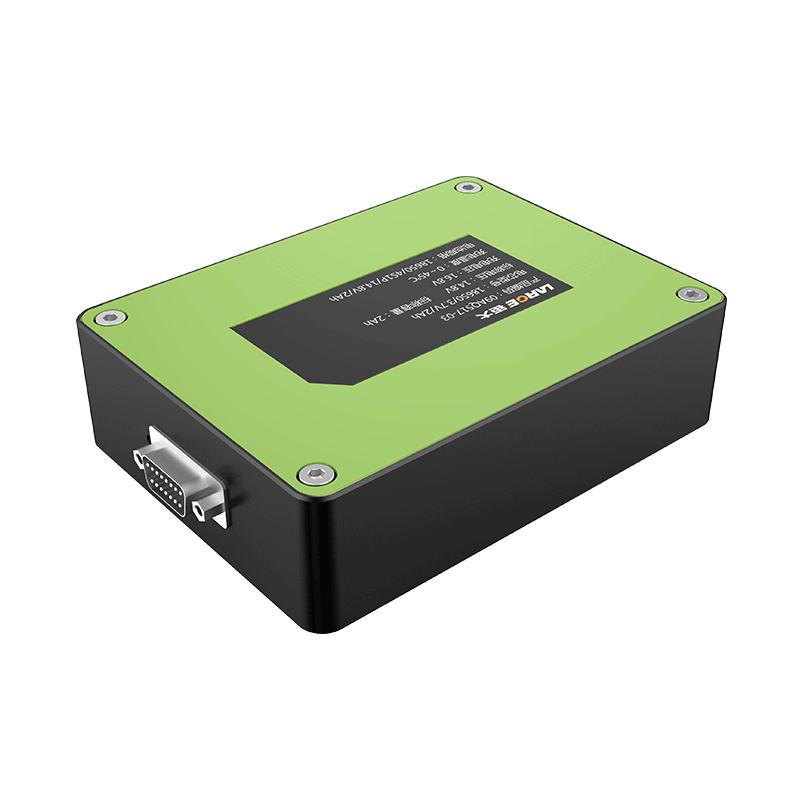-
Key Takeaways
-
Part 1: Challenges with Current Lithium Battery Designs+
- 1.1 Environmental Impact and Carbon Footprint
- 1.2 Resource Scarcity and Material Dependency
- 1.3 Recycling and Disposal Challenges
-
Part 2: Advancements in Eco-Friendly Lithium Battery Designs+
- 2.1 Sustainable Materials and Non-Toxic Alternatives
- 2.2 Innovations in Recycling and Circular Economy Models
- 2.3 Enhancements in Energy Density and Lifecycle Performance
-
Part 3: The Role of Eco-Friendly Lithium Batteries in a Sustainable Future+
- 3.1 Environmental Benefits of Reduced Waste and Emissions
- 3.2 Economic Advantages for Industrial Applications
- 3.3 Supporting Renewable Energy Integration and Energy Security
-
FAQ+
- 1. What are the key benefits of using LiFePO4 Lithium batteries in industrial applications?
- 2. How do lithium batteries support energy storage in renewable systems?
- 3. Why is recycling critical for lithium battery sustainability?
The Importance of Eco-Friendly Lithium Battery Designs for Sustainability
May 08, 2025 Pageview:615
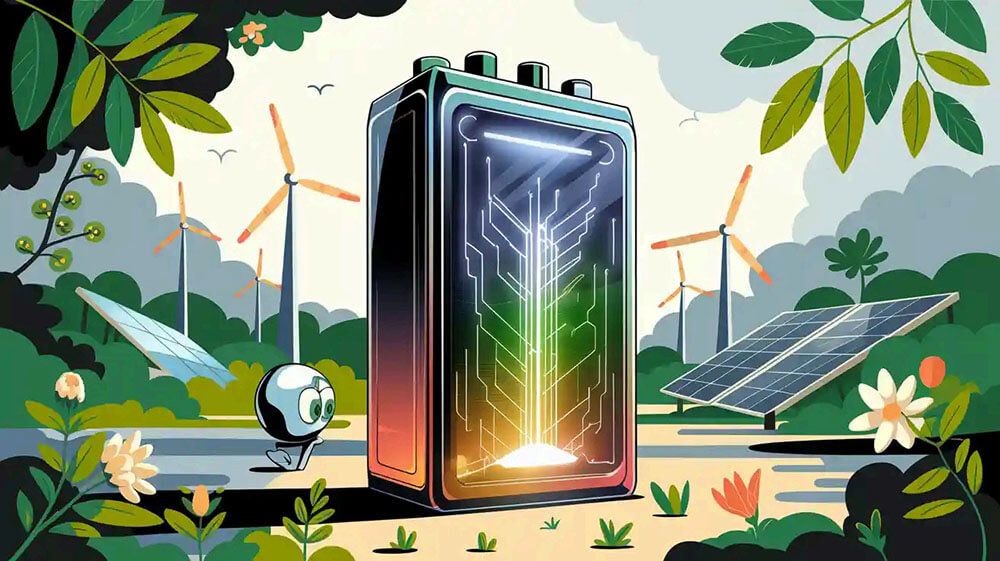
Eco-friendly lithium battery designs play a pivotal role in driving sustainability. Industries increasingly demand sustainable energy solutions to meet environmental and operational goals. For instance:
The global battery recycling market, valued at $17.2 billion in 2022, is projected to double by 2030.
Sustainable battery manufacturing could cut emissions by 30%, while hydrometallurgical recycling of lithium-ion batteries reduces CO₂ emissions by up to 70%.
Such advancements ensure cleaner energy and a greener future.
Key Takeaways
Eco-friendly lithium batteries help lower carbon emissions a lot. Sustainable manufacturing can cut emissions by 30%, and recycling can reduce them by up to 70%.
New recycling methods, like hydrometallurgy, save useful materials and cost less. This makes recycling easier for industries and helps create a reuse-based economy.
Using safer materials like sodium and magnesium in batteries solves resource shortages. It also makes batteries safer and better for the environment.
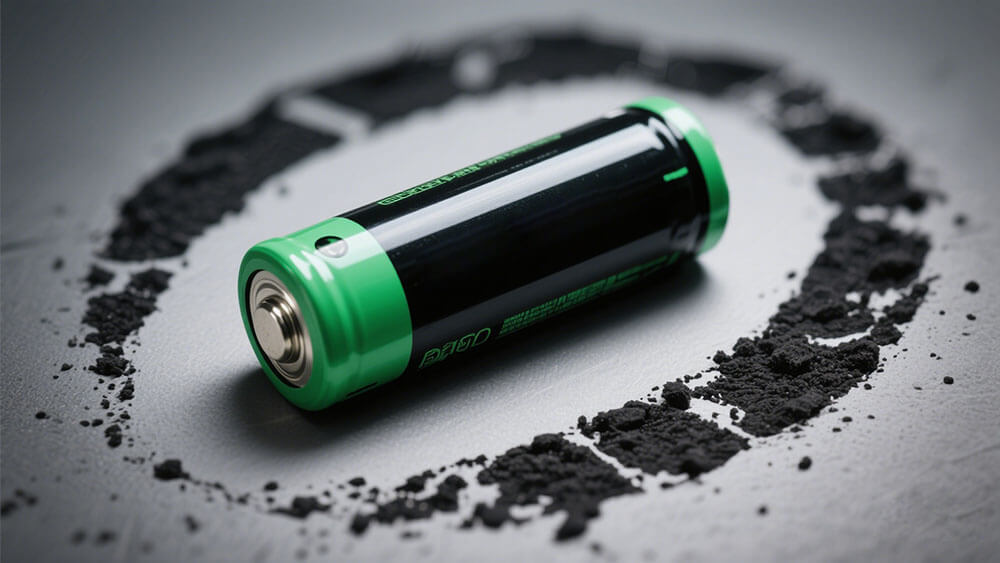
Part 1: Challenges with Current Lithium Battery Designs
1.1 Environmental Impact and Carbon Footprint
The environmental impact of lithium battery production remains a pressing concern. The extraction of lithium, a key component, consumes vast amounts of water and toxic chemicals. This process often leads to significant ecological degradation, particularly in regions with fragile ecosystems. For example:
Evidence Type | Statistic/Fact |
|---|---|
Environmental Impact | Lithium extraction uses large quantities of water and toxic chemicals, leading to environmental degradation. |
Carbon Emissions | Manufacturing processes generate significant greenhouse gas emissions, especially in coal-dependent regions like China. |
The carbon footprint of lithium battery production varies by battery type. NMC Lithium batteries, with an energy density of 160–270Wh/kg, exhibit a median carbon footprint of 74 kgCO₂/kWh. In comparison, LiFePO4 Lithium batteries, known for their longer lifecycle of 2000–5000 cycles, have a lower median footprint of 62 kgCO₂/kWh. These figures highlight the need for eco-friendly lithium battery designs to reduce emissions and support sustainability goals.
1.2 Resource Scarcity and Material Dependency
The growing demand for lithium batteries has intensified the strain on critical raw materials like lithium, nickel, and cobalt. Battery producers currently consume over 80% of the world's lithium supply, a figure projected to rise to 95% by 2030. Similarly, the shift to battery electric vehicles (BEVs) has increased nickel demand, while cobalt sourcing remains heavily reliant on the Democratic Republic of Congo (DRC), which supplies 64% of the global market.
Component | Dependency | Scarcity Issues |
|---|---|---|
Lithium | Battery producers use over 80% of lithium mined; expected to rise to 95% by 2030. | Significant increase in mining needed to meet demand by 2030. |
Nickel | Shift to BEVs is increasing demand; investments in new mines are rising. | Potential slight shortage by 2030 due to competition with other sectors. |
Cobalt | 64% sourced from DRC; demand expected to rise by 7.5% annually. | Supply driven by nickel and copper performance; shortages unlikely. |
Efforts to address these challenges include policies in the EU and US to secure domestic production of critical materials. Tax incentives and investments in local suppliers aim to mitigate risks and ensure supply security. However, the dependency on finite resources underscores the urgency of developing sustainable alternatives.
1.3 Recycling and Disposal Challenges
Recycling and disposal practices for lithium batteries remain inefficient. Approximately 98.3% of lithium-ion batteries end up in landfills, posing risks such as landfill fires and environmental contamination. Despite their high economic value, only 2–47% of lithium-ion batteries are recycled, compared to 99% of lead-acid batteries.
The intricate designs of lithium-ion batteries complicate recycling efforts. Components are often welded or glued, making disassembly labor-intensive and costly. As a result, many batteries are discarded prematurely, despite retaining significant potential life. Advancements in lithium battery recycling, such as direct and hydrometallurgical methods, offer promising solutions. Direct recycling, for instance, reduces energy consumption by 15% and costs by 50%, while also cutting the carbon footprint by 25%. These innovations are crucial for achieving sustainability in battery lifecycle management.
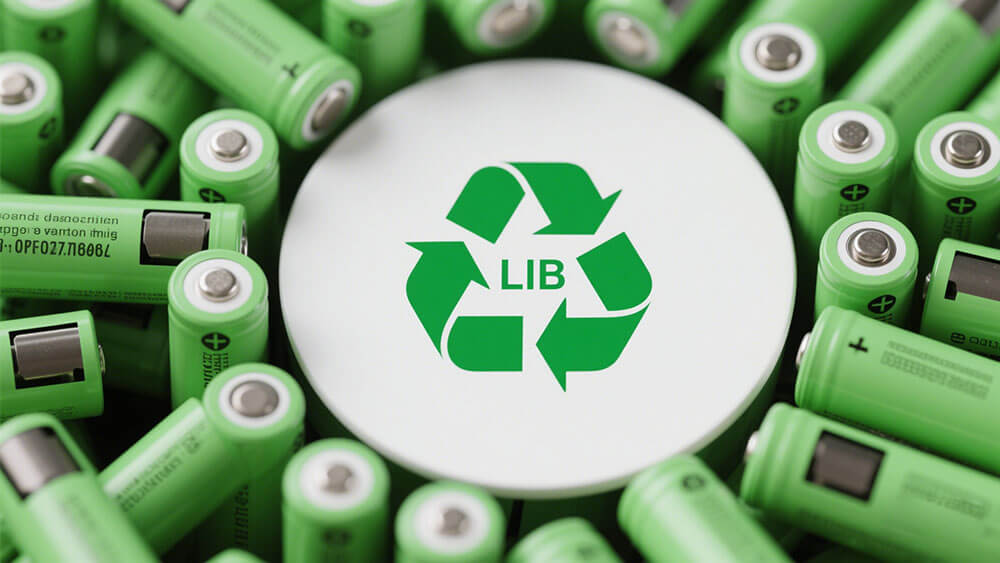
Part 2: Advancements in Eco-Friendly Lithium Battery Designs
2.1 Sustainable Materials and Non-Toxic Alternatives
The shift toward eco-friendly materials in lithium battery designs has gained momentum as industries prioritize sustainability. Researchers and manufacturers are exploring sustainable alternatives to traditional materials like cobalt and nickel. These alternatives not only reduce environmental impact but also address resource scarcity. For instance, sodium, magnesium, and aluminum are emerging as viable substitutes due to their abundance and cost-effectiveness.
Metal Ion | Benefits |
|---|---|
Sodium | Cost-effective and abundant, ideal for large-scale energy storage. |
Magnesium | High capacity, affordable, and minimal reduction potential. |
Aluminum | Low cost, abundant, and offers high charge storage capacity. |
Zinc | Intrinsic safety features and widespread availability. |
Potassium | Fast ionic conductivity and elevated operational voltage. |
Calcium | High energy storage capabilities and robust safety features. |
Innovative chemistries, such as those developed by Alsym, utilize nonflammable and nontoxic materials like manganese oxide and water-based electrolytes. These designs eliminate the need for extensive safety equipment, enabling closer packing of battery cells without the risk of thermal runaway. This approach not only enhances safety but also reduces manufacturing costs by adapting to existing lithium-ion battery production lines with minimal changes.
By adopting eco-friendly materials, you can achieve a balance between performance and sustainability. These advancements pave the way for a sustainable future, ensuring that industries like medical, robotics, and instrumentation devices benefit from safer and more efficient battery solutions.
2.2 Innovations in Recycling and Circular Economy Models
Recycling innovations are transforming the lifecycle of lithium batteries, making them more sustainable. Recent studies highlight that optimized battery designs improve recyclability, reducing lifecycle costs and enhancing material recovery value. Although initial production costs may be higher, the long-term benefits outweigh these expenses. Lower operational and recycling costs, coupled with reduced resource depletion, make these designs a cornerstone of sustainability.
Direct recycling methods, for example, recover valuable materials like lithium, cobalt, and nickel without extensive chemical processing. This approach reduces energy consumption by 15% and cuts costs by 50%. Hydrometallurgical recycling, another promising method, minimizes carbon emissions by up to 70% compared to traditional processes. These advancements align with circular economy principles, ensuring that materials are reused rather than discarded.
For industries relying on lithium battery packs, such as surveying instruments and handheld devices, these innovations offer significant advantages. They not only lower environmental impact but also enhance the economic viability of battery-powered solutions. By integrating these recycling models, you contribute to a sustainable future while optimizing operational efficiency.
2.3 Enhancements in Energy Density and Lifecycle Performance
Advancements in energy density and lifecycle performance are critical for the widespread adoption of eco-friendly lithium battery designs. NMC Lithium batteries, with an energy density of 160–270Wh/kg, offer a balance between performance and sustainability. Their lifecycle ranges from 1,000 to 2,000 cycles, making them suitable for high-demand applications. In contrast, LiFePO4 Lithium batteries prioritize longevity, with a lifecycle of 2,000 to 5,000 cycles and an energy density of 100–180Wh/kg. These batteries are ideal for applications requiring durability, such as medical devices and robotics.
Emerging technologies, including solid-state batteries, promise even higher energy densities of 300–500Wh/kg. These batteries eliminate the risk of thermal runaway, enhancing safety and reliability. Additionally, innovations in electrode materials, such as silicon anodes and sulfur cathodes, further improve energy storage capabilities. These advancements enable you to achieve greater efficiency and performance, reducing the overall environmental footprint of battery systems.
By focusing on energy density and lifecycle performance, you can meet the growing demands of industrial applications while supporting sustainability goals. These improvements not only enhance the functionality of lithium battery packs but also contribute to a sustainable future by reducing waste and emissions.

Part 3: The Role of Eco-Friendly Lithium Batteries in a Sustainable Future
3.1 Environmental Benefits of Reduced Waste and Emissions
Eco-friendly lithium batteries significantly reduce environmental concerns by minimizing waste and emissions. Recycling innovations, such as hydrometallurgy, recover critical materials like lithium and cobalt while cutting energy consumption by 10.7% and greenhouse gas emissions by 70%. These advancements align with sustainability goals, ensuring that fewer batteries end up in landfills. For example, LiFePO4 Lithium batteries, with a lifecycle of 2,000–5,000 cycles, offer extended usability, reducing the frequency of replacements and waste generation.
By adopting eco-friendly practices, industries can mitigate the environmental impact of battery production and disposal. This is particularly crucial for sectors like medical devices, robotics, and instrumentation devices, where reliable and sustainable power sources are essential. The integration of these batteries into renewable energy systems further enhances their environmental benefits, supporting a cleaner and greener future.
3.2 Economic Advantages for Industrial Applications
Eco-friendly lithium batteries offer substantial economic benefits for industrial applications. Recycling and remanufacturing processes, such as hydrometallurgy, are cost-competitive with using virgin materials. A Cradle-to-Gate life cycle assessment highlights that these methods reduce costs by 11.3% while maintaining economic viability.
Aspect | Details |
|---|---|
Market Growth | The global lithium-ion battery market is projected to grow from $41.1 billion in 2021 to $116.6 billion by 2030. |
Recycling Supply | By 2030, battery recycling could supply 10% of global metals, rising to 25%-30% by 2050. |
Cost Comparison | Recycling is cost-competitive with virgin material usage. |
For industries relying on lithium battery packs, such as surveying instruments and handheld devices, these cost savings translate into improved operational efficiency. The long lifecycle of batteries like NMC Lithium batteries (1,000–2,000 cycles) further reduces replacement costs, making them a financially sound choice for businesses.
3.3 Supporting Renewable Energy Integration and Energy Security
Eco-friendly lithium batteries play a pivotal role in renewable energy systems by enhancing energy storage and security. Their ability to store energy from renewable energy sources, such as solar and wind, ensures a stable power supply even during fluctuations. For instance, a hybrid energy system using lithium batteries can achieve a Levelized Cost of Energy (LCOE) of $0.0959/kWh and mitigate approximately 594 kg of CO₂ daily, with a reduction factor of 98%.
These batteries also support energy storage solutions critical for industrial applications. Their high energy density and long lifecycle make them ideal for integrating renewable energy sources into power grids. By adopting these technologies, you can enhance energy security, reduce reliance on fossil fuels, and contribute to a sustainable energy future.
Addressing the environmental and resource challenges of lithium battery designs is essential for sustainability. Eco-friendly advancements unlock opportunities for industrial applications, enhancing efficiency and reducing waste.
Collaboration across industries fosters innovation, ensuring a greener future. By adopting sustainable practices, you contribute to a cleaner planet and a resilient energy ecosystem.
FAQ
1. What are the key benefits of using LiFePO4 Lithium batteries in industrial applications?
LiFePO4 Lithium batteries offer high durability with 2,000–5,000 cycles, enhanced safety, and an energy density of 100–180Wh/kg, making them ideal for medical and robotics applications.
2. How do lithium batteries support energy storage in renewable systems?
Lithium batteries ensure stable energy storage by integrating renewable sources like solar and wind, reducing reliance on fossil fuels, and enhancing energy security.
3. Why is recycling critical for lithium battery sustainability?
Recycling recovers valuable materials like lithium and cobalt, reduces waste, and minimizes environmental impact, aligning with circular economy principles.
Tip: For professional guidance on lithium battery sustainability, visit Large Power.
Leave Message
Hottest Categories
-
Hottest Industry News
-
Latest Industry News




